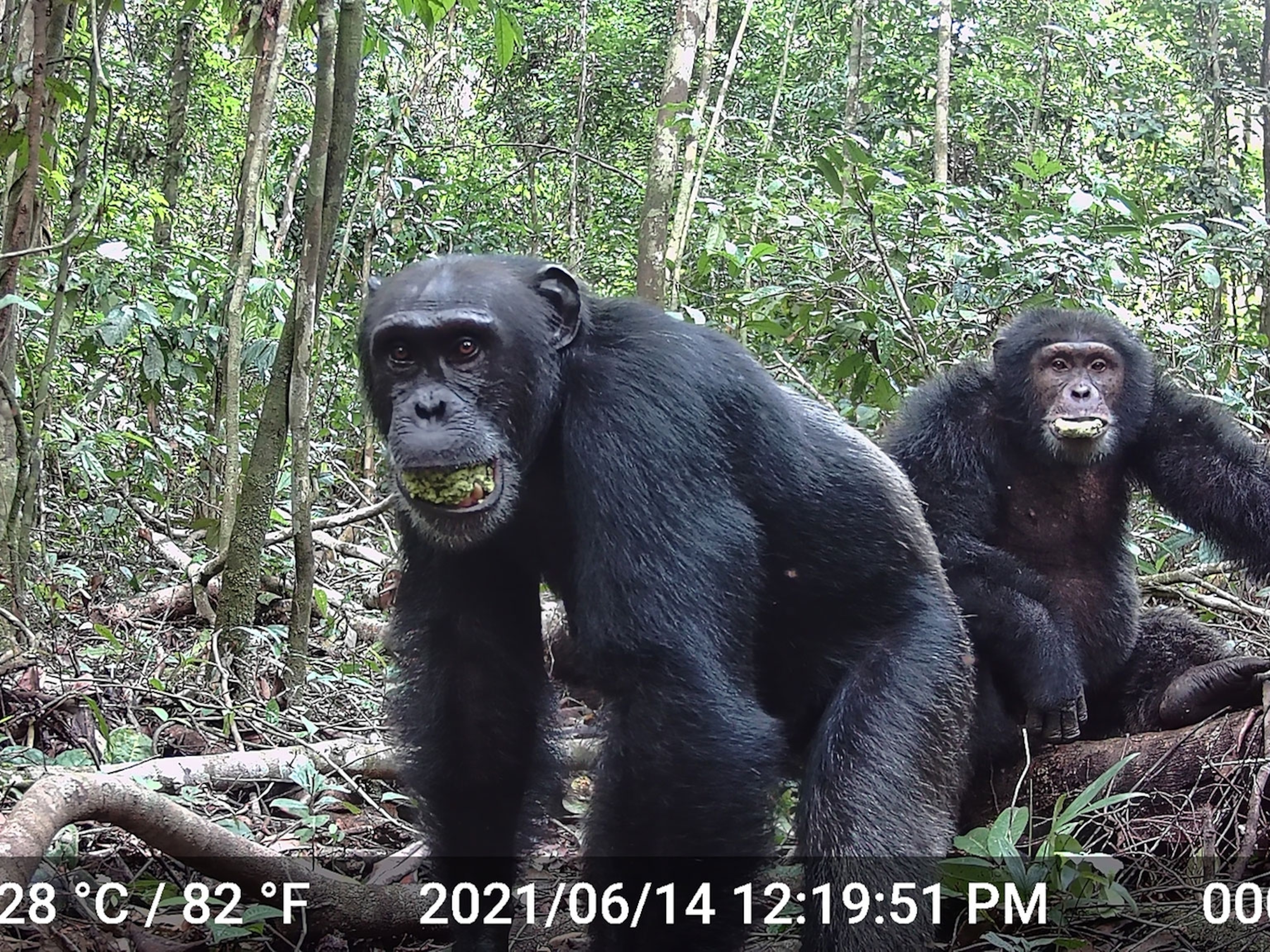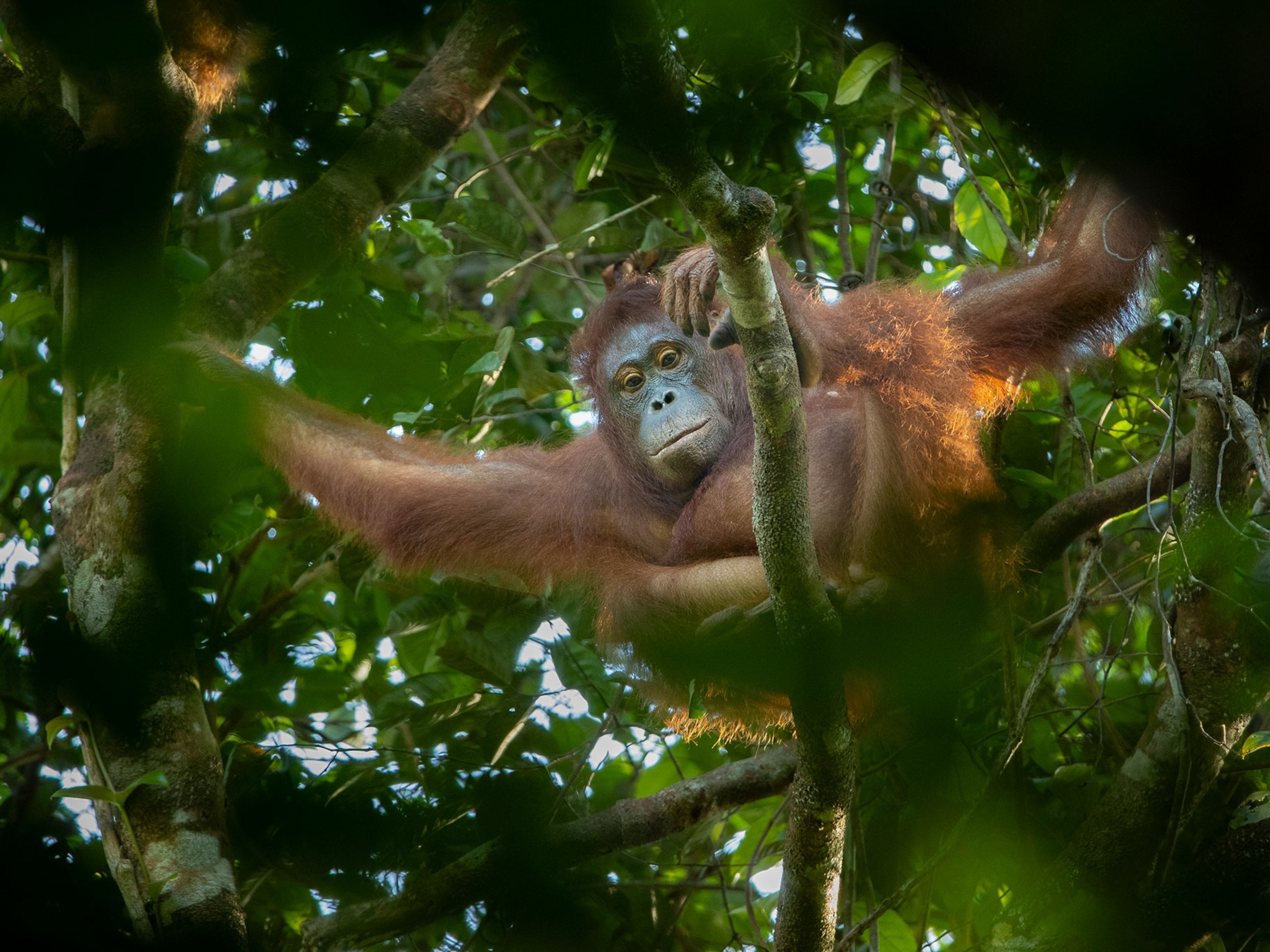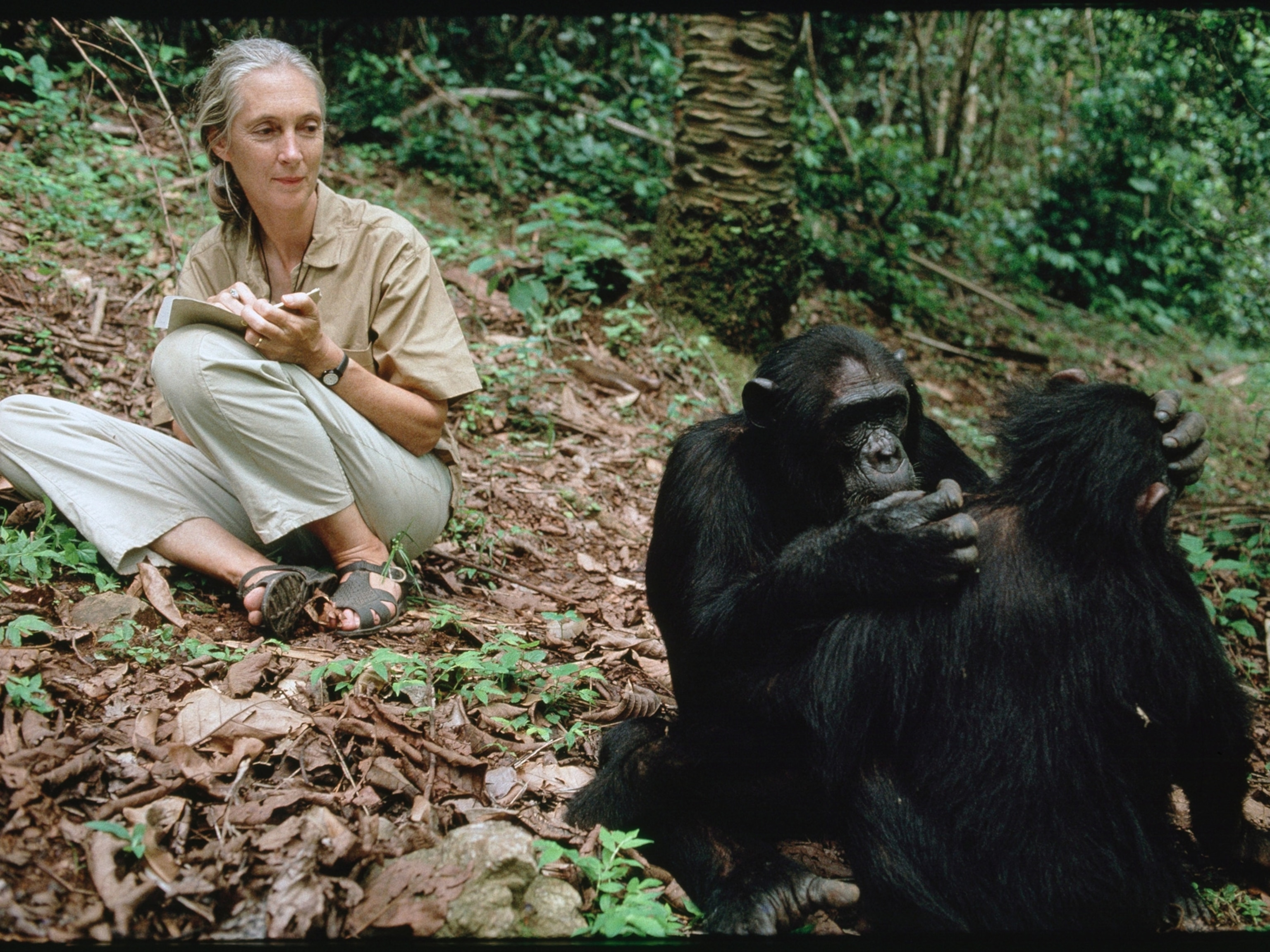
Gorillas More Related to People Than Thought, Genome Says
Surprising differences include gene that aids knuckle walking.
Staring face to face with a gorilla, it's hard not to find them eerily similar to humans—and now the first published gorilla genome supports that, according to a new study.
In 2008 geneticists took DNA from Kamilah, a then 30-year-old female western lowland gorilla from the San Diego Zoo.
Four years later the team published the species' genome, which completes a basic genetic library of the great apes—a branch of primates including people, chimpanzees, gorillas, and orangutans.
"Previously, people had some sort of picture based on ... probably one percent of the whole [gorilla] genome. So we now have a complete picture," said study co-author Richard Durbin, a geneticist with the U.K.'s Wellcome Trust Sanger Institute.
"Based on the comparisons between them, it helps us explore the evolutionary origins of humans and where we separated from other great ape species in Africa between six and ten million years ago," Durbin said.
(See "New Ape May Be Human-Gorilla Ancestor.")
DNA Mutations Show Great Ape Splits
But Durbin and a team of 70 other researchers didn't stop with a family tree comparison. The team also detected groups of gorilla genes that were surprisingly similar to human genes. (See gorilla pictures.)
"Although [70 percent] of the human genome is indeed closer to chimpanzees, on average, a sizable minority of 15 percent is in fact closer to gorillas, and another 15 percent is where chimpanzees and gorillas are closest," said geneticist Aylwyn Scally, a study co-author also at the Wellcome Trust.
Primatologists know from fossils that humans, chimps, and gorillas shared an ancient ancestor. Tracing exactly when these lineages diverged, however, is tricky.
Thankfully for the scientists, pairs of DNA letters called base pairs mutate at a fairly regular pace. A single base pair of primate DNA, for example, has a roughly one-in-a-billion chance of mutating each year—which means genetic differences in a pair can help estimate when a split occurred. (Get a genetics overview.)
According to the new genetic research—when combined with known fossils—the lineage that led to humans, chimps, and gorillas evolved from a common ancestor about 10 million years ago.
Humans and chimps then popped off of that lineage some 6 million years ago, according to the new study.
Gorilla DNA Shows Surprises
Another surprising result is that part of the gorilla genome is at odds with the current structure of the great ape evolutionary tree.
For example, instead of gorillas being most similar to chimps and then humans in that portion of the DNA, the branches flip to humans being most similar to gorillas and then chimps.
(See "Orangutans May Be Closest Human Relatives, Not Chimps" [2009].)
"This doesn't change the overall view of evolution, and the overall tree is still the same. What this does show is that each branch has it own complexities and challenges," said Richard Gibbs, a geneticist at Baylor College of Medicine's Human Genome Sequencing Center, who wasn't involved in the study.
"It means within each branch things can happen. We can't just conform to a simple tree on a gene-by-gene basis."
The gene discoveries also offer new riddles in primate—and human—evolution.
"The big picture is that we're perhaps 98 percent identical in our sequences to gorillas. So that means most of our genes are very similar, or even identical to, the gorilla version of the same gene," said Chris Tyler-Smith, a geneticist at Wellcome Trust.
"But it's the few that differ that are of particular interest here."
Genetic Differences Revealed
One difference the researchers discovered is a gorilla gene that probably helps the animal's skin grow a tough layer of keratin—a protein that makes up fingernails—on their knuckles, which aids in the animal's distinctive knuckle walk. Humans seem to lack this genetic variant.
Another is in sperm genes—in humans, a specific gene enables sperm to compete with those of other males. In gorillas, those genes are inactive or scaled back.
"Gorillas live in groups with one male and lots of females, so there's not much opportunity for sperm competition," said Tyler-Smith, another co-author of the study, which appears this week in the journal Nature.
Some genes tied to dementia and heart failure in humans appeared roughly the same in both humans and gorillas, but are not harmful to gorillas.
"If we could understand more about why those variants are so harmful in humans but not in gorillas, that would have important, useful medical implications," he said.
Gorilla Genome May Help Save Rare Apes
Beyond untangling evolutionary processes and leading to potential medical applications, the new gorilla genome could play another crucial role, Baylor College's Gibbs said: supporting efforts to save four gorilla subspecies under threat in Africa. (Read "Who Murdered the Virunga Gorillas?" in National Geographic magazine.)
As a species' number dwindles, so too does the species' genetic diversity and overall resilience.
"If they get too inbred, it is not healthy for the species. Just look at the poor Tasmanian devils, which are all dying of transmissible cancer because they're all nearly the same genetically," Gibbs said. "They may not have enough genetic diversity to survive it."
(Related: "Tasmanian Devils Named Endangered Species.")
Study co-author Durbin and colleagues hope to sequence the genomes of multiple members of all the central African gorilla subspecies. This would not only improve an understanding of genetic similarities and differences among individual gorillas, but could make an even stronger case for conserving the apes, Gibbs said.
"To save these gorillas, we'll need a very precise understanding of their population dynamics," Gibbs said. "You can't do that without ... the ability to monitor individual animals through their genetics."







